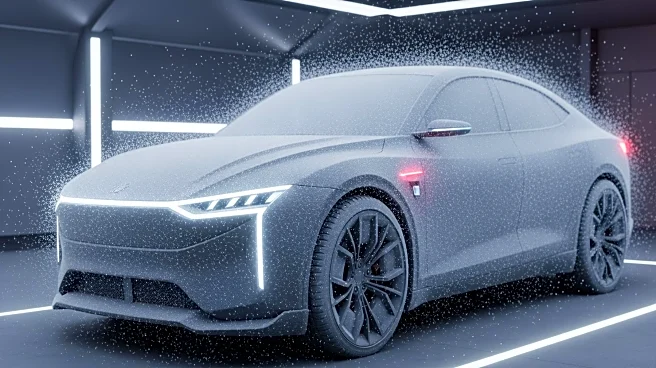What's Happening?
Researchers at Virginia Tech have developed a new method using static electricity to remove frost from surfaces, potentially reducing the need for energy-intensive heating and antifreeze. The system employs
high-voltage copper electrodes to remove up to 75% of frost from surfaces like glass or copper. This method is more energy-efficient than traditional heating, using less than half the energy required to heat frost directly. The technology could be applied to car windows, roads, and the aviation industry, offering a sustainable alternative to current de-icing practices.
Why It's Important?
This innovation in frost removal technology is significant for industries reliant on de-icing, such as automotive and aviation. By reducing the need for antifreeze and energy-intensive heating, this method could lower operational costs and environmental impact. The aviation industry, in particular, stands to benefit from reduced antifreeze usage, which could lead to more sustainable practices and cost savings. The technology also aligns with broader efforts to enhance energy efficiency and reduce carbon footprints in various sectors.
What's Next?
Further development and testing of this static electricity-based frost removal system are likely, with potential commercialization in the automotive and aviation industries. Stakeholders may explore partnerships to integrate this technology into existing de-icing processes. Regulatory bodies could assess the safety and environmental benefits of this method, potentially influencing industry standards. The success of this technology could spur additional research into energy-efficient solutions for other weather-related challenges.
Beyond the Headlines
The adoption of this technology could prompt discussions on the environmental impact of traditional de-icing methods and the role of innovation in achieving sustainability goals. Ethical considerations may arise regarding the balance between technological advancement and job displacement in industries reliant on manual de-icing processes. Long-term, this development could contribute to shifts in industry practices and regulatory frameworks focused on environmental sustainability.












